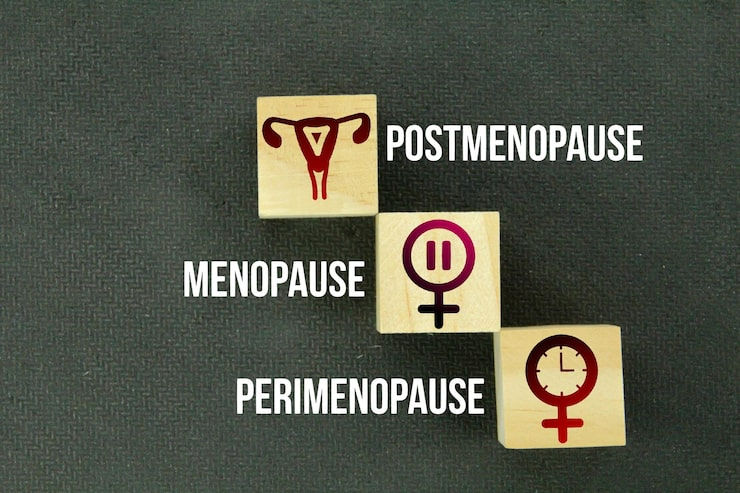Navigating Perimenopause in Austin, TX: What Women Need to Know About Symptoms & Solutions
- Kristine Groemping FNP, NCMP

- Jul 9
- 3 min read
Updated: Nov 6
Hot flashes firing up during a client meeting, mood swings catching you off-guard, sleep that vanishes at 3 a.m.—if this sounds familiar, you might be entering perimenopause. Many women start noticing changes in their early 40s but aren’t sure what’s happening. This guide breaks down the signs, why they occur, and the support that’s available right here in the capital city.
What Exactly Is Perimenopause?
Perimenopause is the period when your ovaries gradually slow estrogen production before periods stop for good. It can last four to eight years and often begins while cycles still appear regular. Because it overlaps with busy careers, parenting, and caring for aging parents, its symptoms can feel especially disruptive for Austin women juggling full plates.

Early Signs You Shouldn’t Brush Aside
Hormone shifts can show up in surprising ways, and they’re not the same for everyone. Common clues include:
Irregular cycles—long, short, or skipped periods
Night sweats and hot flashes that leave clothes damp
Brain fog and trouble focusing on spreadsheets
Mood changes, anxiety, or sudden tears
Weight gain around the middle despite the same workout routine
Sleep trouble—falling asleep is easy, but staying asleep isn’t
If two or more of these pop up, it’s time to track patterns and talk to a women’s health provider.
Lifestyle Shifts That Offer Relief
Small daily changes can tame annoying symptoms:
Prioritize protein and fiber. Balancing blood sugar steadies energy and mood.
Add strength training. Muscle mass fights mid-section weight gain and supports bone health.
Practice evening wind-down rituals. Dim lights, limit screens and sip herbal tea to coax restful sleep.
Mind stress. Yoga in Zilker Park or a ten-minute breathing app break calms cortisol, which can amplify hot flashes.
Limit alcohol. Sweet cocktails on Rainey Street can trigger night sweats; try sparkling water with lime instead.
These steps won’t eliminate every symptom, but they often reduce its intensity.
When to Talk About Hormone Support
For some, lifestyle tweaks aren’t enough. If symptoms interfere with relationships, work, or mental health, consider discussing Hormone Replacement Therapy (HRT). Today’s bioidentical options are tailored to your body and delivered in pills, patches, or creams. A qualified clinician weighs personal risk factors—like family history, blood pressure, and migraines—to craft a plan that brings relief while protecting long-term health.
Why Telehealth Fits Busy Austin Lives
Traffic on I-35 and packed calendars make in-clinic visits tough. A women’s clinic in Austin, TX, offering video appointments lets you:
Review symptom logs from home
Discuss lab results without a commute
Receive prescriptions for HRT treatment sent to your neighborhood pharmacy
Virtual care ensures consistent follow-ups, and consistency leads to steadier hormones.
Quick Recap
Perimenopause is a natural transition, but “natural” doesn’t mean you have to power through misery. At Empowered Women's Telehealth, our caring team guides women through every stage of hormone health: track your symptoms, experiment with supportive habits, and lean on personalized hormone replacement therapy—trusted by residents in Austin, TX, and just a click away. Whether you’re in perimenopause, menopause, or simply feeling off, our clinicians offer tailored plans through convenient virtual visits. Book a consultation today and start feeling balanced again.
FAQs
How long does perimenopause last?
The transition typically spans four to eight years, from the first irregular cycles to periods that cease for 12 months, although the timeline varies depending on genetics and lifestyle.
Does every woman need hormone replacement therapy?
No. Some find relief with diet, exercise, and stress management, while others choose HRT for significant symptoms; a provider helps decide what’s right.
Can I get HRT through virtual appointments in Austin?
Yes. After an online consultation and lab work, prescriptions can be sent to a local pharmacy, followed by scheduled telehealth check-ins for dose adjustments and monitoring.





Comments